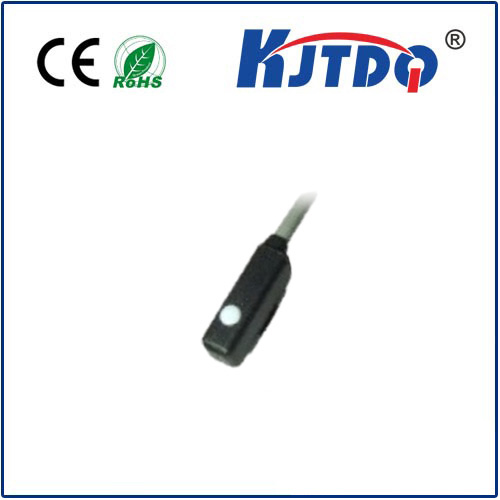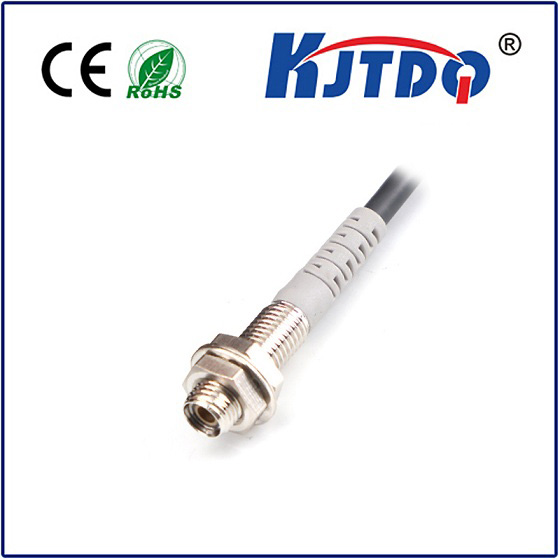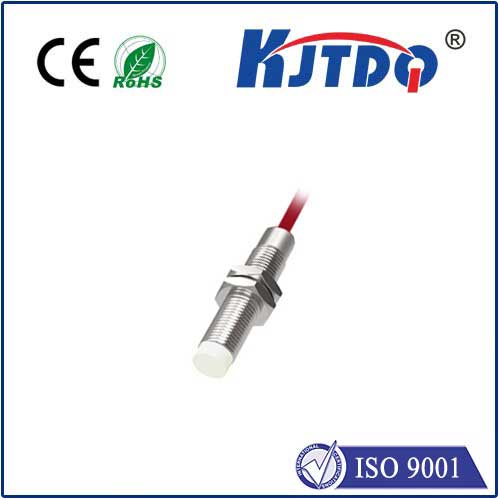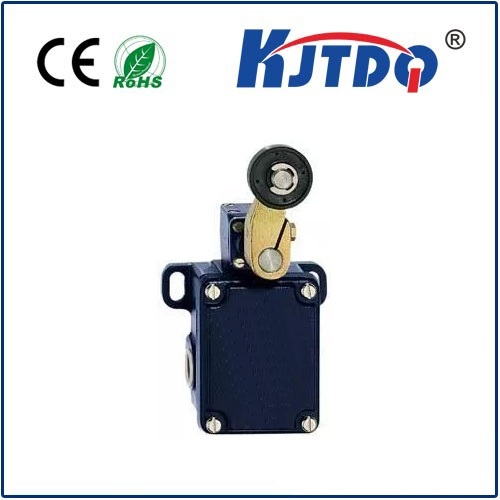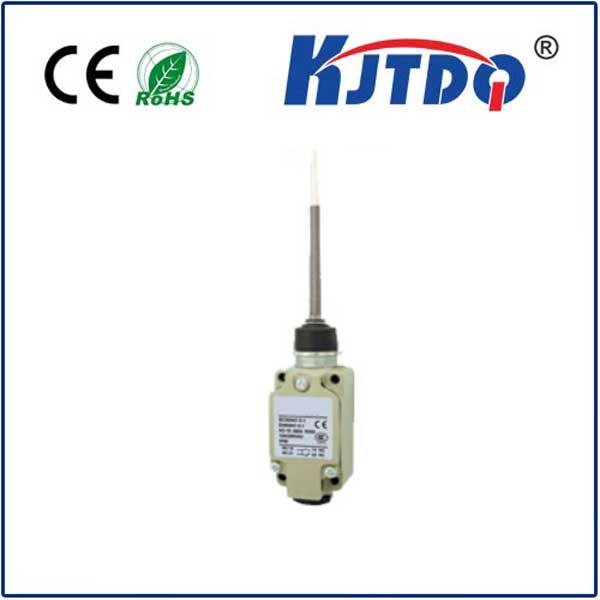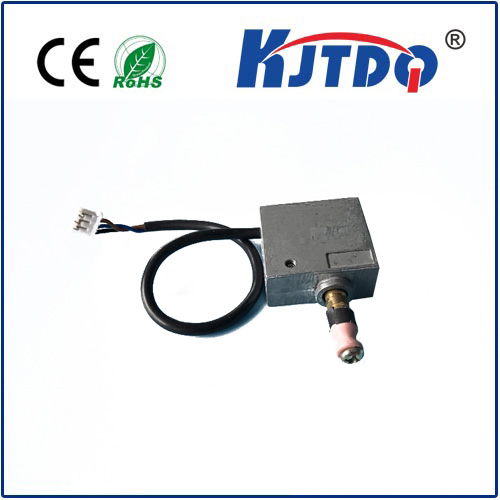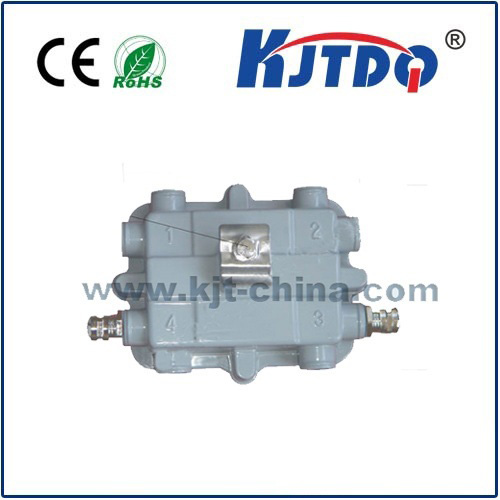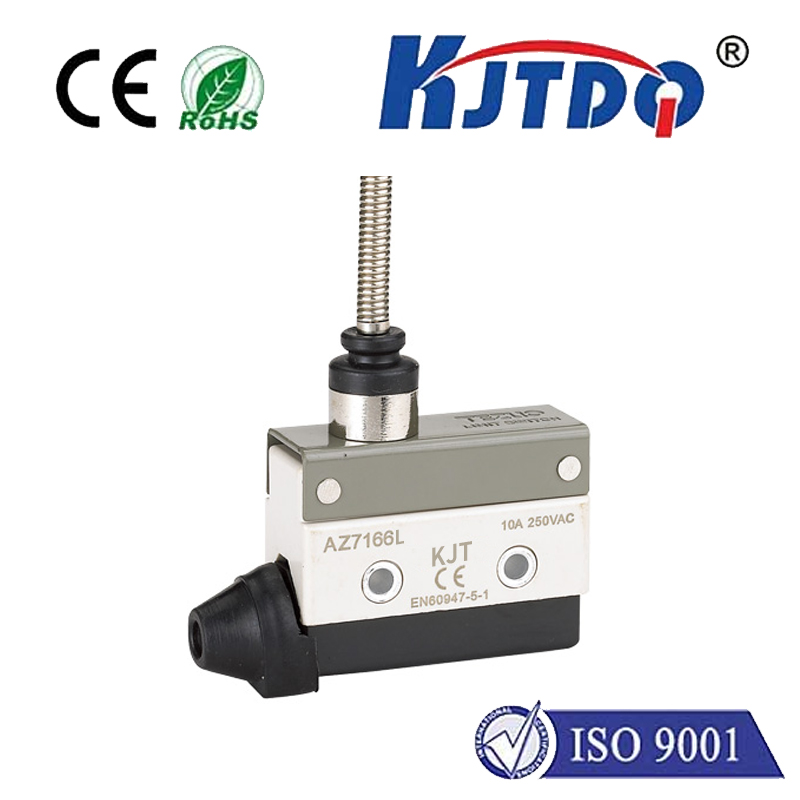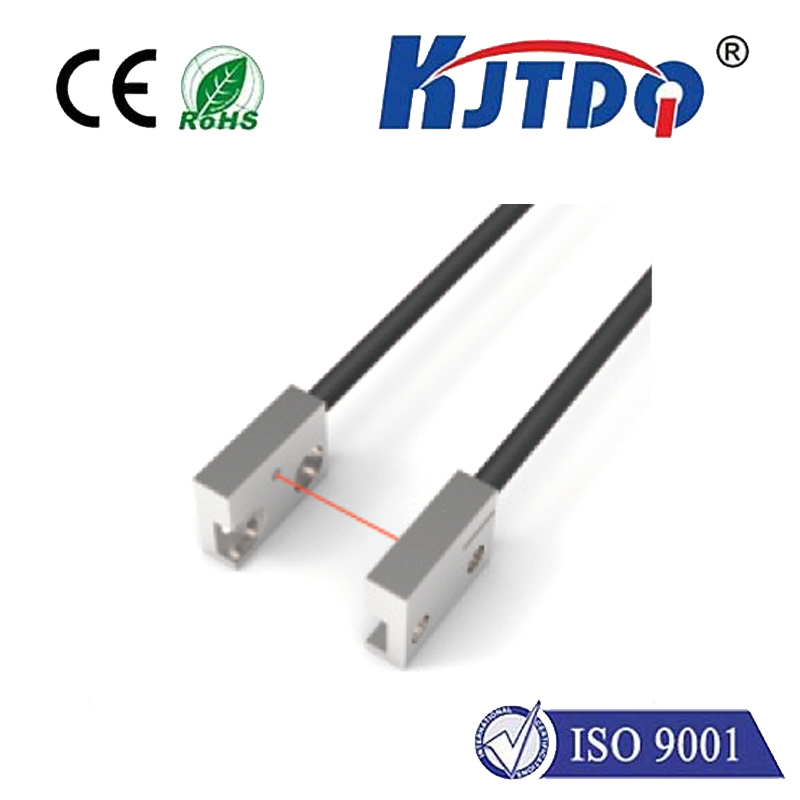
check

check

check

check
In the intricate world of CNC (Computer Numerical Control) machines, precision is paramount. The GRBL, a flexible and widely used embedded G-code interpreter, plays a pivotal role in ensuring this accuracy. However, one common issue that users often encounter with GRBL-based systems is limit switch noise. This article delves into the phenomenon of limit switch noise in GRBL and explores effective strategies to mitigate its impact.
Limit switches are essential components that dictate the physical limits of CNC machine movements, acting as safeguards against mechanical collisions or damage. When these switches are triggered, they signal the GRBL system to halt motion, thus preventing potential accidents. Despite their crucial function, limit switches can sometimes generate electrical noise during operation, compromising the smooth execution of commands within the GRBL system.
Noise in limit switch signals can manifest as false positives or erratic behavior, causing unwanted interruptions in machine operations. These anomalies can stem from various sources, including electromagnetic interference, poor connections, or the switches themselves being worn out or faulty. Whatever the cause, resolving limit switch noise is crucial for maintaining operational integrity and efficiency in CNC processes.

To address the challenge of limit switch noise in GRBL systems, experts advocate a dual-pronged approach: hardware-based filtering and software-based debounce techniques. Each method offers its own set of benefits and considerations, allowing users to tailor their solution based on the specific requirements and constraints of their setup.
Hardware filtering, specifically through the use of an RC (Resistor-Capacitor) filter, stands as the first line of defense against signal noise. By integrating this simple electronic circuit between the limit switches and the GRBL-controlled device, high-frequency noise can be effectively attenuated. The RC filter works by smoothing the electrical signal, cutting down on the rapid fluctuations that can confuse the GRBL interpreter, thereby reducing false triggers.
While hardware filters directly address electrical disturbances at their source, software debounce offers a more adaptable and configurable approach to noise cancellation. Leveraging Grbl's built-in watchdog timer, software debounce functions by ignoring single, isolated signal changes that are not sustained over a set period. Instead, it confirms the signal only after repeated, consistent triggers within a defined timeframe, ensuring that random noise does not incorrectly command the machine.
Choosing between hardware or software solutions depends on factors such as the criticality of the noise issue, the complexity of the GRBL system in use, and user preference for adjustment and maintenance. For those seeking immediate relief from severe noise problems, a combination of both strategies might be most effective.
In conclusion, limit switch noise in GRBL systems poses a significant challenge that, if left unaddressed, could compromise the reliability and safety of CNC machine operations. By employing hardware low-pass filters and software debounce mechanisms, users can substantially reduce the adverse effects of noise on system performance. With careful selection and implementation, these strategies offer robust and practical solutions to maintain the precision and integrity of GRBL-driven machinery.
